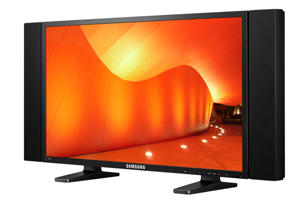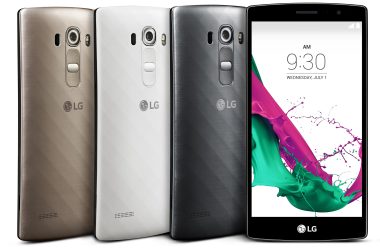Perhaps one of the most often overlooked facets of technology in the modern world is the role and influence of batteries. Â After all, what would a mobile device, a laptop or a tablet computer be without a powerful, dependable battery powering it? In other words, what really makes the concept of ‘being mobile’work is the fact that we’ve got batteries which can drive devices for increasingly longer periods of time. Â Â Moreover, significant advances are on the horizon; soon we’ll have even more powerful batteries which not only offer up a much longer operational lifespan, but are also capable of charge up in a very short amount of time as well.
For example, lithium-ion batteries (which are found in a majority of devices like smartphones) are about to be upgraded thanks to researchers at the University of Illinois at Urbana-Champaign.  In essence, this new breakthrough promises to increase the power of efficiency of these battery types by up to 2,000 times!   Needless to say, this is a landmark moment which might very well transform consumer electronics in general.  This new battery model (according to information from the University of Illinois) possesses a much higher ‘power densityâ, meaning that it can hold more power and deliver it more ‘forcefullyâ, if you will.  Technically speaking, its tiny internal anodes and cathodes are porous and have been integrated into a 3-dimensional design; the end result is that you end up with a larger surface area (inside) which can support even more chemical reactions.
So, just how useful is this new battery design, you ask? Â Well, imagine a battery that allows a wireless device to propel its signal up to 30 times farther than current standards, or one that can be made up to 30 times smaller than your standard sized battery. Â Moreover, this new design will also allow for lightning-fast recharging times, literally 1,000 times faster (or more). Â It’s even been said that these batteries are powerful enough to jump-start a car battery!
Simply put, there are some very intriguing implications for this technology, and if properly implemented (which seems extremely likely at this point) it will undoubtedly revolutionize consumer electronics in ways we probably haven’t even considered. Â For instance, device developers and manufacturers will likely begin to experiment with different ways to take advantage of this breakthrough. Â Having such a plentiful power source at their disposal, hardware (as well as software) developers will likely begin looking for ways to take better advantage of these resources. Â To put it another way, this will likely lead to additional advancements in other seemingly unrelated areas.
Now, taking a look at the future – what if it were possible to create a system which could completely eliminate the need for batteries altogether (certainly that would be seen as an advancement)? Â Â Well, thanks to cloud computing and the ability to wirelessly transmit power, this might soon become our reality. Â When it comes to cloud-related services, Amazon is clearly one of the world’s leaders in the field; they provide hosting for many of the internet’s top sites, for example. Â Recently, two individuals closely connected with the Amazon empire (including CEO Jeff Bezos) filed a patent for a remote display device that would wirelessly receive its processed data / OS and power, wirelessly. Â In other words, they’re aiming at creating a tablet-like device which is able to receive its power wirelessly (without the need for a battery) in addition to its processed functions which would normally be covered by internal hardware / software. Â The device would be little more than a display panel with touch controls that would allow a user to control a bank of cloud computing-powered resources. Â All of the conventional processes would be handled remotely, of course; meaning that users would be holding little more than a display screen.
However, the truly magical thing about this device would be its ability to receive power through the air, wirelessly. Â Of course the problem would be that you’d have to remain within range of the control system in order to maintain the device’s functionality, but for those who live in big cities, this wouldn’t be a problem. Â Furthermore, because such devices would consume very little power (due to the fact that all of the hardware exists in some other location with its own power source), you could theoretically have a very large number of them connected to a network at one time without overburdening the power delivery system (in theory).










